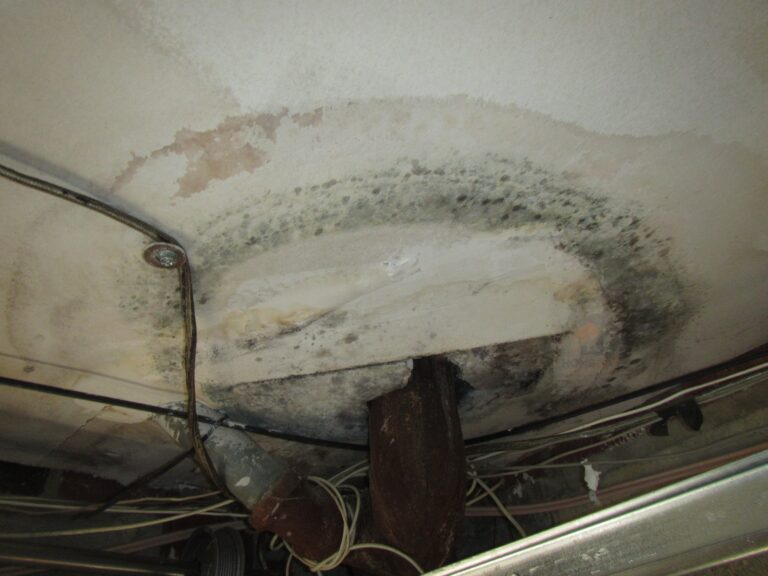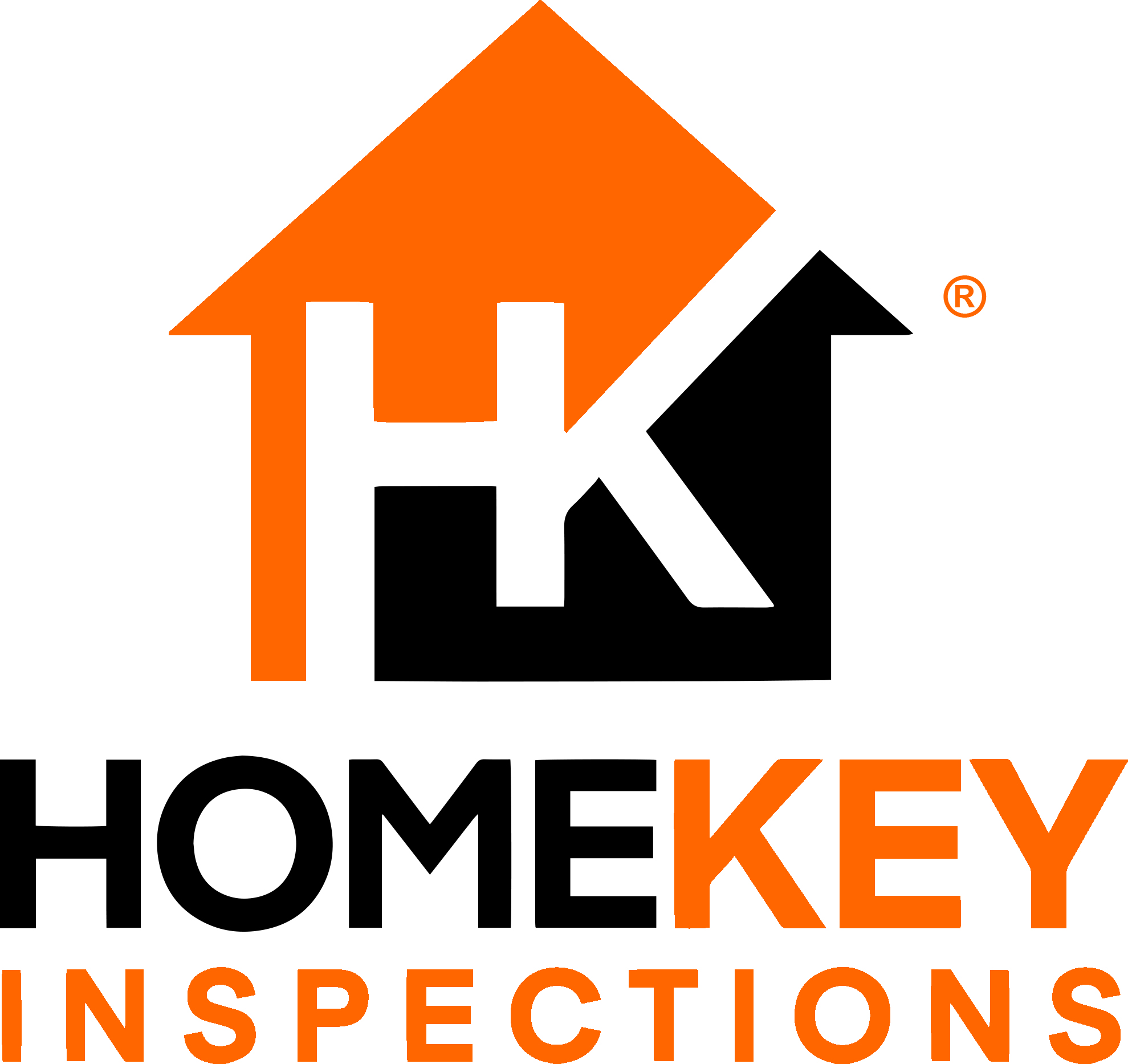Why Mold Testing Should Always Be Accompanied By an Inspection

If you can see or smell mold, you should remove it.
According to the Centers for Disease Control and Prevention, “If you can see or smell mold, you should remove it.” At the same time, CDC cautions against performing “routine” mold sampling and extensive efforts to determine the exact sorts of mold present. Instead, according to them, regardless of the sort of mold observed, it should be cleaned right away and the cause remediated so that mold does not reappear.
However, in our many years of home inspection experience, sometimes mold growth is not easily noticed by the prospective homeowner–especially during the home buying process where the best aspects of the home are (understandably) the ones that are highlighted. This is the reason why an inspection of all the home’s major systems is so important; you are making sure that you have the clearest picture of the home you are considering buying and/or moving into! It’s the same when it comes to mold. So while “routine” mold sampling may be unnecessary, sampling for mold when you suspect there is a problem, or prior to purchasing a home (so you’re not surprised afterwards!), or if you or your family could be particularly vulnerable to mold growth (young children, elderly, immuno-compromised, etc) is, in our opinion as home inspectors, valuable.
While there is still much unknown about the effects of mold on our health (in particular, what amount of mold in a home can be deemed ‘normal’ or ‘acceptable’), organizational bodies such as the EPA, CDC, American Lung Association, NIH have offered guidance and recommendations (as already mentioned) on identifying and dealing with mold inside the home.
Here is an excerpt from CDC guidelines regarding mold 1:
For some people, mold can cause a stuffy nose, sore throat, coughing or wheezing, burning eyes, or skin rash. People with asthma or who are allergic to mold may have severe reactions. Immune-compromised people and people with chronic lung disease may get infections in their lungs from mold. For people who are sensitive to molds exposure to molds can lead to symptoms such as stuffy nose, wheezing, and red or itchy eyes, or skin. Severe reactions, such as fever or shortness of breath, may occur among workers exposed to large amounts of molds in occupational settings, such as farmers working around moldy hay. In 2004 the Institute of Medicine (IOM) found there was sufficient evidence to link indoor exposure to mold with upper respiratory tract symptoms, cough, and wheeze in otherwise healthy people; with asthma symptoms in people with asthma; and with hypersensitivity pneumonitis in individuals susceptible to that immune-mediated condition. In 2009, the World Health Organization issued additional guidance, the WHO Guidelines for Indoor Air Quality: Dampness and Mould. Other recent studies have suggested a potential link of early mold exposure to development of asthma in some children, particularly among children who may be genetically susceptible to asthma development, and that selected interventions that improve housing conditions can reduce morbidity from asthma and respiratory allergies.
Mold sampling results cannot be interpreted without physical inspection.
Mold testing is a useful starting point to understand whether or to what degree mold is a problem in the home. But knowledge can’t stop here; physical inspection is needed to try and understand the source(s) of the problems. Is there an ongoing water leak from a supply or drain line? Are grading, downspout, and water management problems on the exterior allowing for water intrusion into the home? What’s going on in the crawlspace (when was the last time you got in there to have a look around)?
My own (the writer’s) parents recently noticed that the floorboards in a basement bedroom had started noticeably warping, and that it was getting more pronounced. They decided to get this checked out and it turned out there was a significant, ongoing supply line leak behind the drywall. Water had been continually leaking for months and eventually made itself known. As flooring and drywall was removed, large amounts of mold were observed. As you can imagine, while they were not grateful to have to spend the money needed to resolve the mold and water issues, they were grateful to finally get a clear understanding of what had been going on and to avoid any potential health issues that could have arisen.
Per the CDC’s (and others’) recommendations, it’s not enough to understand the level of mold present, or the kinds of mold; it is crucial to remove any observed mold as soon as possible, and to understand and address the factors / problems that led to the mold issues.
Because a qualified home inspector’s expertise is in building construction and understanding how all the home’s systems work together, he/she is an ideal person to perform mold testing, since the home inspector can also pay attention to possible sources of problems. This then provides a holistic look into a house’s mold situation.
The home inspector is a generalist, and an objective professional opinion.
Lastly, the home inspector performing your mold test can recommend further evaluation / remediation if it seems necessary…but will not themselves be the one to perform remediation, nor are they the mold expert. Theirs is a generalist knowledge of the various systems in a home, in keeping with the applicable Standards of Practice. This is good and important, since ideally the one doing the testing is not also the one to perform the professional remediation (this can easily become a conflict of interest). The home inspector remains objective since he/she does not benefit from whether further evaluation or professional remediation would be needed.
To conclude, qualified home inspectors are well-placed to perform mold testing since:
- They can couple such testing with knowledge of building science and characteristics of the materials and systems working together in the home
- They can help to identify possible factors / sources causing mold growth
- They can serve as an objective perspective, not themselves being the mold experts or those to potentially offer professional remediation
With these things in mind, you can with greater confidence approach the identifying and resolving of any mold problems in keeping with the pertinent guidance and recommendations available.
If you have more questions about mold and/or testing, please do reach out!
1 Centers for Disease Control and Prevention. https://www.cdc.gov/mold-health/about/index.html
– The Team @ HomeKey Inspections
